Most of us living in the North America, South America, US, Europe, and Australia know the common Christmas traditions of the western world. Because Christmas is a Christian religious celebration, it's surprising to find it celebrated throughout the world. Sometimes it is celebrated not as a religious holiday and sometimes in places we wouldn't expect.
The manner in which the Christian religion is mixed with local traditions, ancient pagan beliefs and festivals is fascinating. I’ve posted this blog before, but I update it annually and in 2018 I found some new and interesting “traditions.”
In Sweden the Christmas is all about time spent with family and friends and eating lots of food and sweets. The festivities start with the St. Lucia ceremony on December 13, the Winter Solstice on the old Julian calendar. But we’ve already looked at the traditions that go with St. Lucia festival.
I’ve run on to another rather recent “tradition” in Sweden: The Gävel Goat. Actually, Gävel is the name of the city where this event takes place. The goat is bocken (boken), in Swedish.
Photo source:Wikipedia

The Yule goat is a Scandinavian and Northern European Christmas symbol, a goat made of straw, which is one of the most popular Christmas decorations in Sweden.
The prevalent theory is that the origin dates back to ancient pagan festivals, in particular the worship of the Nose god Thor, who rode the sky in a chariot drawn by two goats. After the advent of Christianity, the Yule goat morphed into a goat which was supposed to help Santa Claus deliver presents. On occasion, Santa rode the goat instead of flying in his sleigh.
The Gävel Goat
Perhaps the city of Gävel, Sweden, used straw Yule Goats in their city’s decorations for Christmas in Gävel’s Castle Square. I couldn’t find out. Photo: http://www.todayifoundout.com/giant-goat
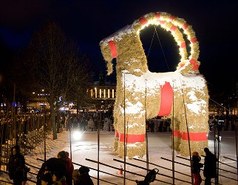
As the years passed, the goat has grown in size. The one built in 1985 by the Natural Science Club of the School of Vasa reached 41 feet in height and made it into the Guinness Book of Records. In 1993, it reached 49 feet, setting another record.
The 2011 Goat on fire
Photo source: www.todayifoundout.com/giant-goat-sweden

Since 1986, two goats have been built, one by a society of Southern Merchants and the other by the Natural Science Club of Vasa, so there is a standby. Sometime both get destroyed.
The city has taken many measures to protect the goat. Fences, guards, lights and cameras don't seem to work. The biggest deterrent of all is that it is illegal to burn down the goat, with serious consequences for those caught.
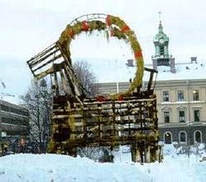
Of course, despite all this and other efforts, half the fun of the tradition (The Dark Tradition, if you will) is seeing and betting whether or not the goat can stay intact until Christmas.

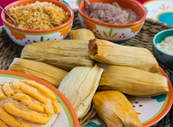
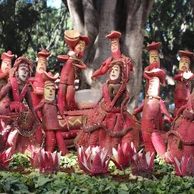
However, if you spend Christmas eve in Oaxaca, Mexico, you’ll enjoy an interesting tradition you may not be familiar with. The night of December 23 is “The Night of the Radishes” (La Noche de Rábanos), one of the annual Christmas customs in Oaxaca, Mexico.
Yair Lobo [Atlas Obscura User]
Photo source: https://www.atlasobscura.com/
In this festival, competitors carve nativity scenes and other Christmas themes into large radishes, which are proudly displayed at the Christmas market in the town square. Oaxaca has land dedicated to cultivating special vegetables just for this event
The competition’s origins date back to when holiday market vendors tried to make their vegetables more enticing by making sculptures with them.
www.mexconnect.com/la-noche-de-rabanos agringoinmexico.com/night-of-the-radishes
The festival starts in the morning, when everyone can see the artists working on their sculptures, but wait until night if you want to see the finished masterpieces. The festival also features concerts around the city, fireworks, and light shows.
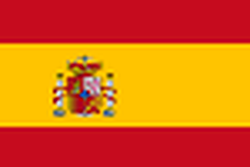
The Spanish celebrate with a number of traditional events such nativity scenes (they like large ones), midnight mass, dinners and special deserts, the Three Kings, but there are a few somewhat irreverent traditions also.

A Catalan tradition is the Pooping Log. The word Tió means log. Children decorate a small log by adding legs, a face, and a red Catalan hat ('barretina') and sometimes a red cloth or blanket. They are for sale everywhere around Christmas time.
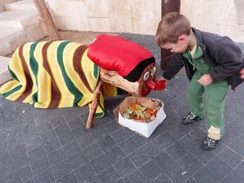
From the 8th of December until Christmas the children feed the log small pieces of bread or fruit, take care of it and keep it warm. As Christmas approaches, the parents often replace the first log with a bigger one. The children believe if they take good care of the log, it will grow bigger and they will get bigger presents.
On Christmas Eve or Christmas day the children sing a special song to make the log “poop”, then they beat him with a stick.
After giving the log a good beating and still singing, they leave the room, giving parents the opportunity to put candy and presents in the hallow log or under the blanket. Traditionally, when the log has nothing left to poop, it finishes the deed with a salt herring, a head of garlic, an onion, or it 'urinates' by leaving a bowl of water. These days the presents pooped out by the log are candy, sweets and turrón nougat, and maybe one gift, since the big day for gift giving in most of Europe is January 6, the day of the Epiphany.
●El Caganer (The Defecator)
All Spaniards seem to like nativity scenes, big and small. You find them everywhere. Some families buy a nativity scene rather than a Christmas Tree. A second Catalan tradition I’d never heard of is the Caganer. It’s a small figurine of a man wearing a red Barretina squatting with his pants around his ankles, defecating.
Photos: 2012 Article by Barbara Weibel
holeinthedonut.com/2012/caganers
The Caganers are for sale everywhere at Christmas time, and have become so popular you can find a caganer figurine with the face of every celebrity in the world.
In a 2012 article, Barbara Weibel writes, “No one knows for sure how the Caganer originally came into being and even today, opinions are divided on what it symbolizes. Some insist that excrement is symbolic of fertilizing the earth.”
According to the ethnographer, Joan Amades, it was a “customary figure in pessebres in the 19th century, because people believed that this deposit fertilized the ground of the pessebre (a manger, crib, nativity scene)…placing this figurine in the pessebre brought good luck and joy and not doing so brought adversity.”
Others believe the act of defecation is symbolic of the equality of all people, regardless of status, race, or gender (i.e. everyone does it). The explanation Barbara Weibel says she likes best is the reference to an old Spanish proverb which translates as “Dung is no saint, but where it falls it, it works miracles.”

Tagalog, 1 of 8 Philippino languages Photo source: www.cnn.com/san-fernando-philippines-christmas

“MAAYONG PASKO” in Sugbuhanon or Cebuano;
“MAUGMANG PASKO” in Bicolano;
“MAUPAY NGA PASKO” in Warey arey
“MAABIG YA PASKO” in Pangalatok;
“MAGAYAGAN INKIANAC” Pangasinense
Many of the Christmas traditions came from Europe with the missionaries in the 1500’s but there are some traditions unique to the Philippines.
The parol, the most popular Christmas decoration, is a bamboo pole with a lighted star lanterns on it. Made from bamboo strips and colored paper or cellophane, it represents the star of Bethlehem which guided the Wise Men. Originally these lanterns were simple, and only about eighteen inches in diameter.
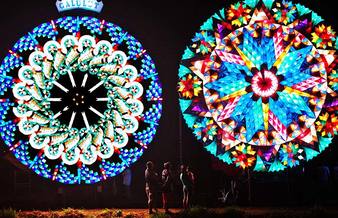
The festival attracts spectators from all over the country and across the globe. Eleven villages take part and compete for the most elaborate lantern. Today these lanterns are about 6 meters in diameter lighted from within by electric bulbs that sparkle in patterns.
2018 Sources
http://www.christmasinthephilippines.com/christmas-decor/parol/
https://www.cnn.com/travel/article/san-fernando-philippines-christmas/index.html
https://www.momondo.com/discover/article/christmas-traditions-around-the-world
https://www.whychristmas.com/cultures/philippines.shtml
http://www.mjenemark.com/blog/2014/01/the-unfortunate-fates-of-the-gavle-goat-a-timeline
http://nymag.com/intelligencer/2012/12/gavle-goat-sweden-burn-interview-eje-berglund.html?gtm=top>m=top
https://en.wikipedia.org/wiki/G%C3%A4vle_goat
http://www.todayifoundout.com/index.php/2015/12/giant-goat-sweden-people-try-burn-every-year/
https://www.atlasobscura.com/foods/night-of-the-radishes-carving-festival
https:/twitter.com/Gavlebocken
http://www.mexconnect.com/articles/3955-radiant-radishes-la-noche-de-rabanos-in-oaxaca
https://gastropod.com/night-living-radishes/
http://agringoinmexico.com/2013/12/25/night-of-the-radishes-the-roots-of-oaxacas-oldest-festival/
https://people.howstuffworks.com/culture-traditions/holidays-christmas/christmas-traditions-around-the-world-ga9.htm
https://www.smartfundiy.com/21-mexican-christmas-traditions/
https://www.uvolunteer.net/blog/how-to-celebrate-christmas-in-costa-rica/
https://www.godutchrealty.com/costa-rica-real-estate-blog/how-to-prevent-culture-shock/christmas-traditions-in-costa-rica/
https://theculturetrip.com/europe/spain/articles/8-spanish-christmas-traditions-you-need-to-know/
https://www.independent.co.uk/life-style/catalonia-tio-de-nadal-christmas-log-tradition-presents-what-is-it-a8091921.html
https://www.npr.org/sections/thesalt/2017/12/22/572569325/caga-ti-a-catalan-log-that-poops-nougats-at-christmas
https://en.wikipedia.org/wiki/Ti%C3%B3_de_Nadal
https://slate.com/human-interest/2013/12/feeding-the-poop-log-a-catalan-christmas-tradition.html
https://www.barcelonayellow.com/barcelona-christmas-articles/625-caga-tio-christmas-log-tradition-and-song
https://scarylittlechristmas.wordpress.com/2013/12/23/kallikantzari/

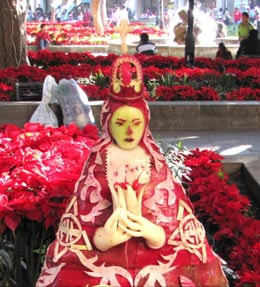
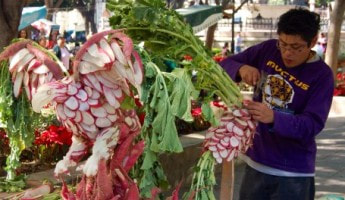
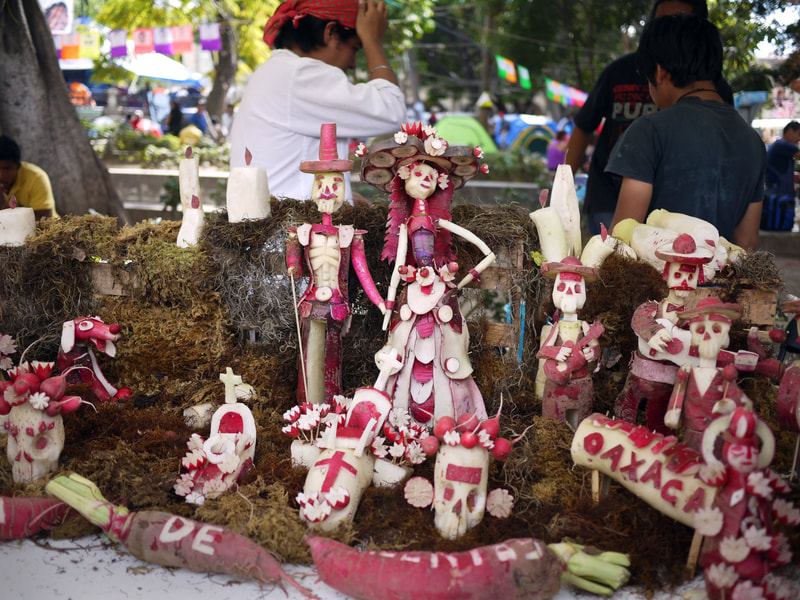
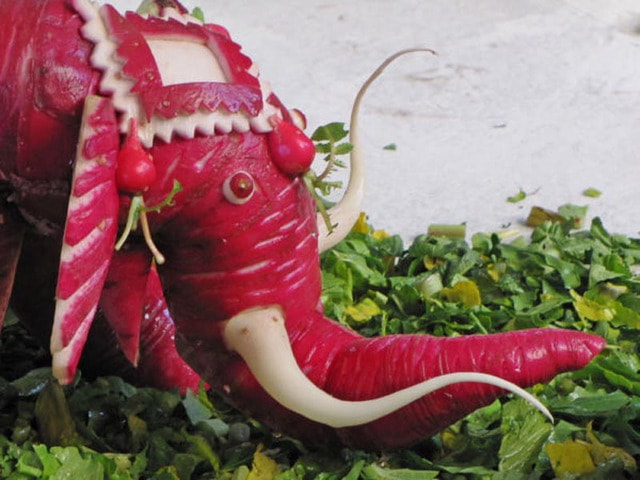
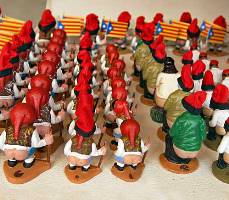


 RSS Feed
RSS Feed